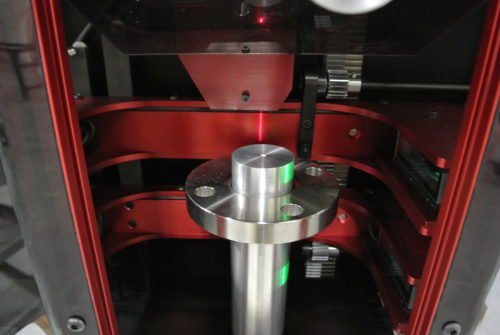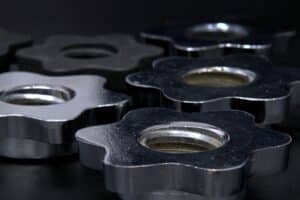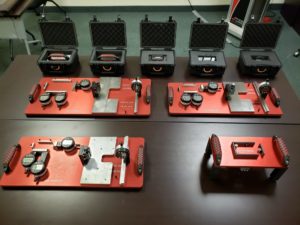Metrology Glossary: Runout
What Is Runout?
Runout represents the extent of wobbling or deviation from the true axis in a rotating object. It’s a comprehensive measurement that combines both roundness and concentricity errors. Roundness measures the variation in the radius of an object at a specific cross-section, while concentricity gauges the variation in an object’s center relative to its true axis. Measuring runout requires various instruments, including dial indicators, micrometers, and laser sensors. To effectively reduce runout, it is crucial to use precision manufacturing techniques, which ensure the highest level of accuracy during production. Additionally, proper equipment maintenance plays a pivotal role in minimizing runout and maintaining the desired level of precision in rotating systems, ultimately leading to improved performance and product quality.
Why Is Runout Important?
- Machining: Precision is crucial in operations such as drilling and milling. Controlling runout ensures accurate cuts, smooth surfaces, and extends tool life.
- Bearings and Shafts: Precision in rotational systems minimizes vibration, noise, and bearing failure, reducing maintenance costs and prolonging equipment life.
- Tire Balancing: Minimizing tire runout through balancing procedures ensures a smooth and safe driving experience.
- Aerospace Engineering: Managing runout in rotating parts is vital for flight stability, fuel efficiency, and overall safety.
- Medical Prosthetics: Precision in prosthetic joints and implants enhances function, comfort, and long-term performance.
- Instrumentation: Minimizing runout in scientific instruments enhances data accuracy and reliability across various fields.










